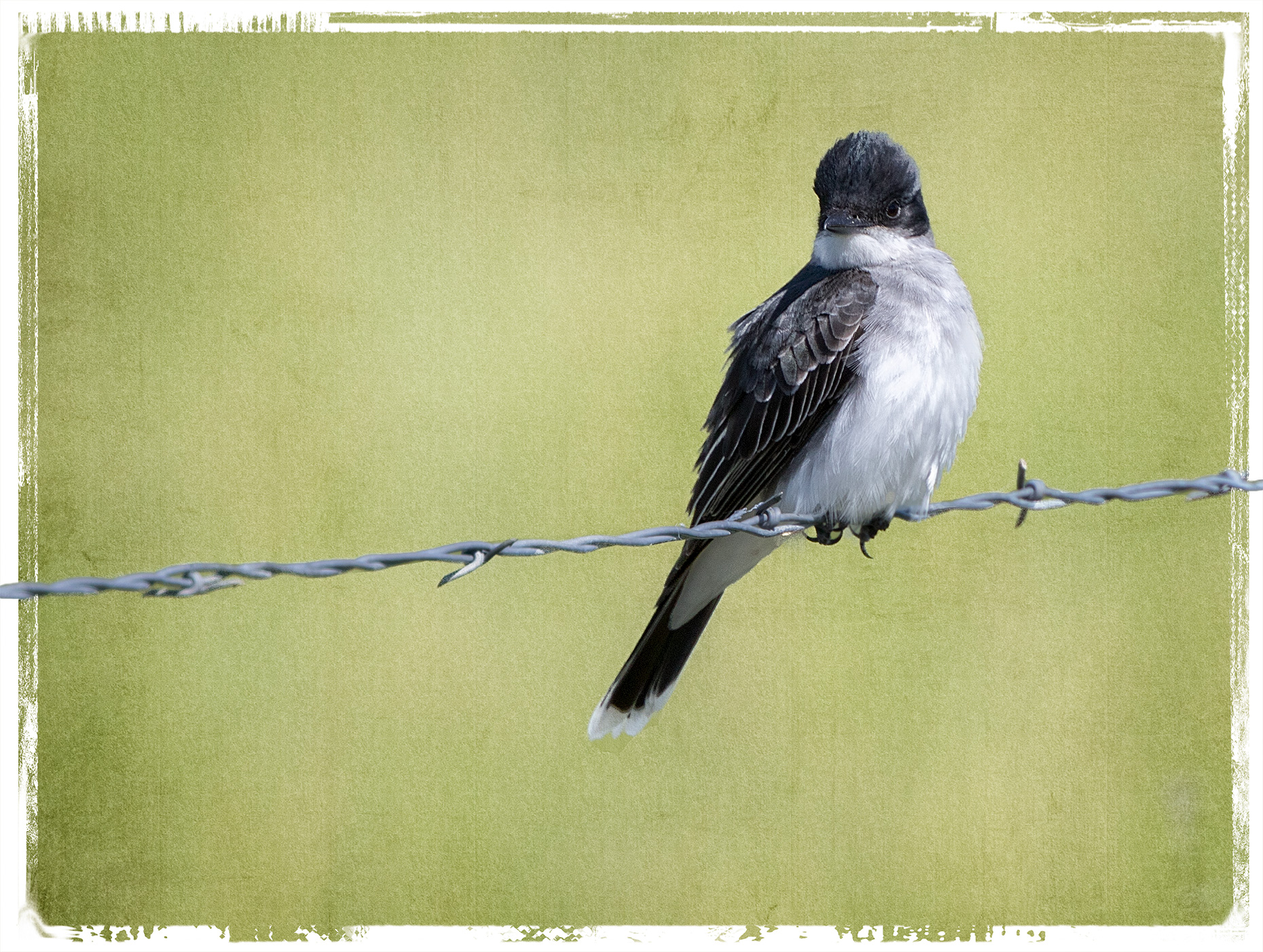
Eastern Kingbird ( I think)


I don’t know if ‘Beauty is truth, truth beauty,’ but I have found that seeking out beauty
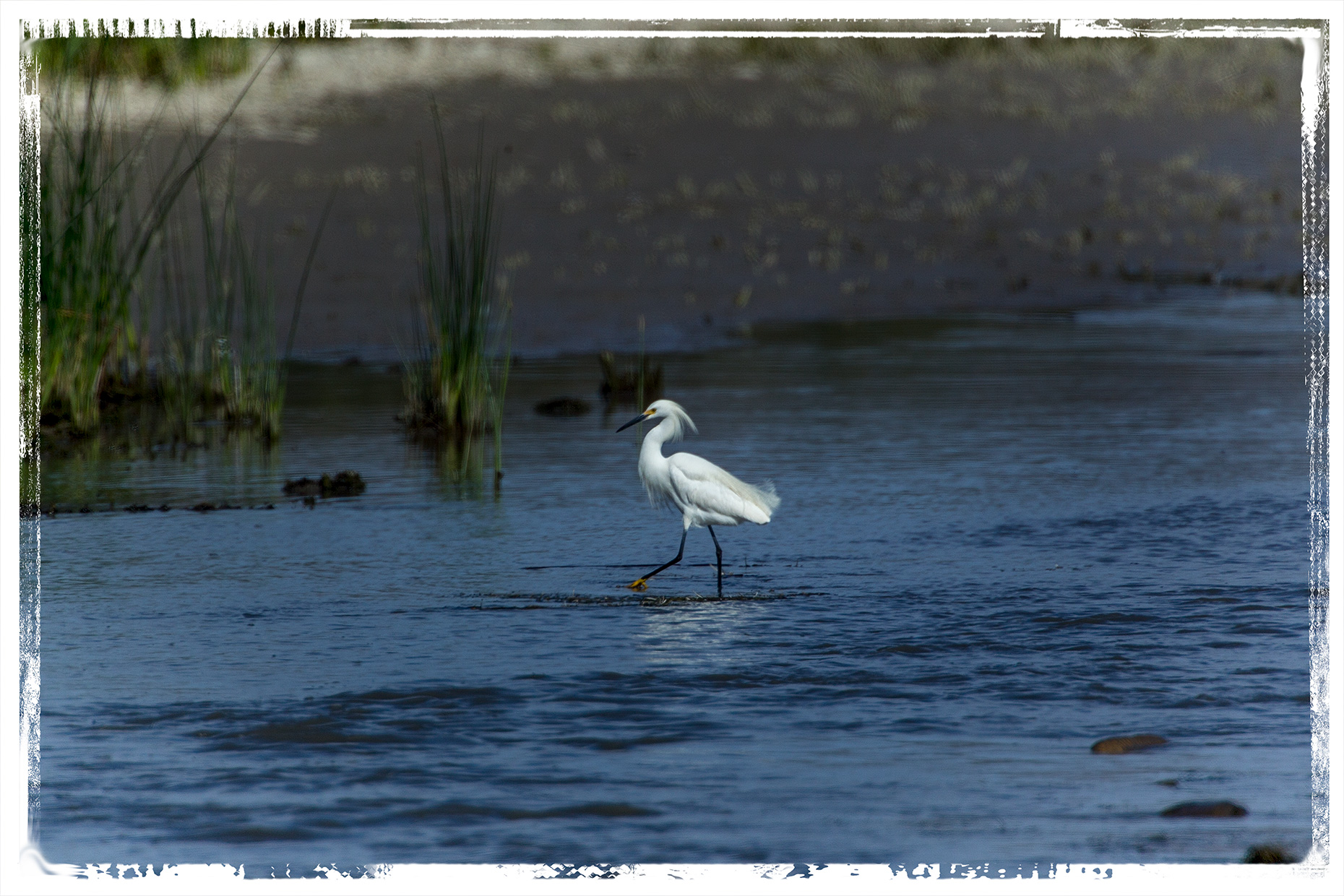
often leads to new insights about nature. I never miss a chance to get a shot of a Snowy Egret because it yields some beautiful photos.
While photographing this Snow Egret, though, I saw something I had never noticed before. At first I thought it was just trying to quietly walk while stalking prey, something common to all herons,
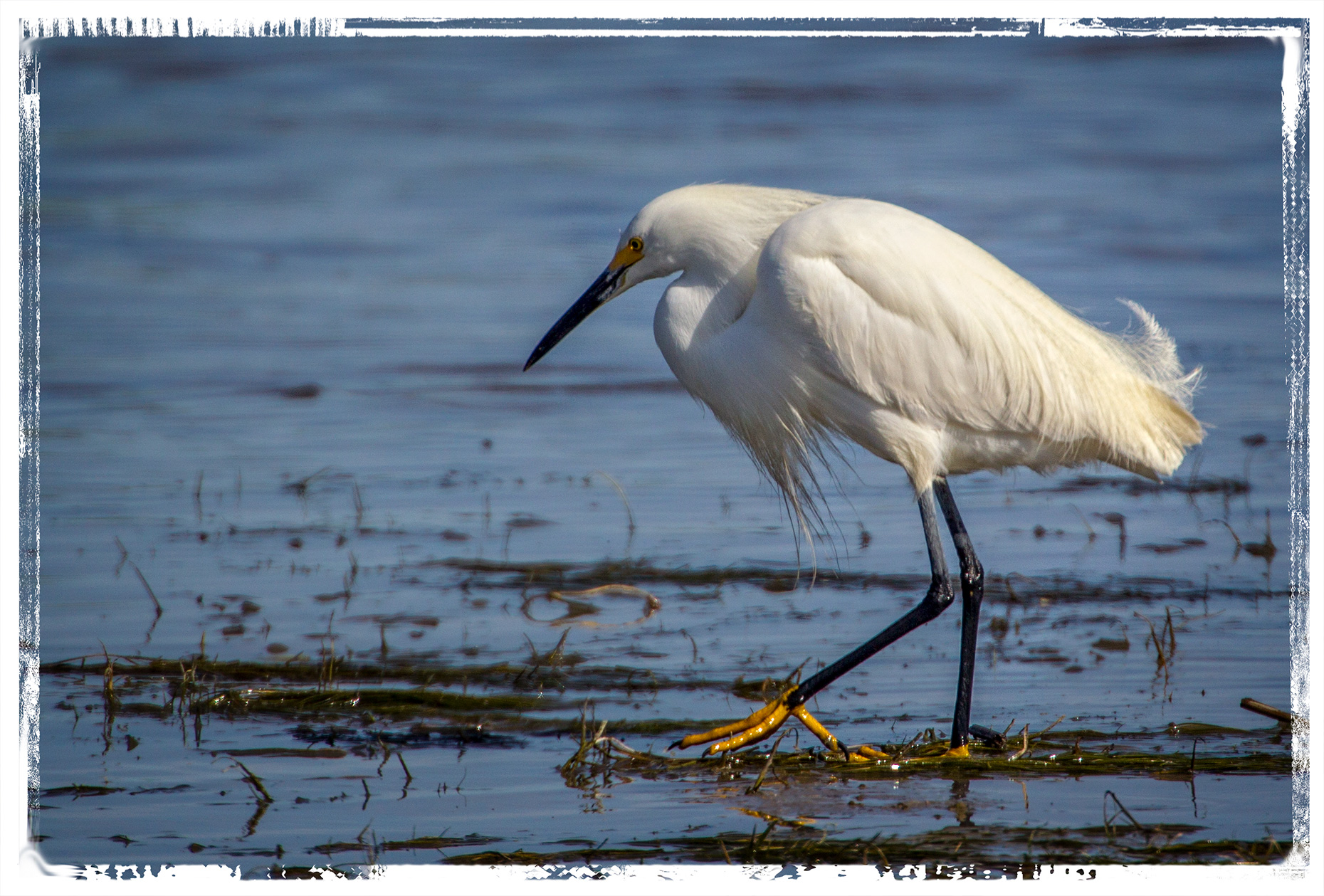
but it soon became clear that wasn’t what was going on.
The egret was actually moving its foot up and down in one spot, consciously stirring up the water.
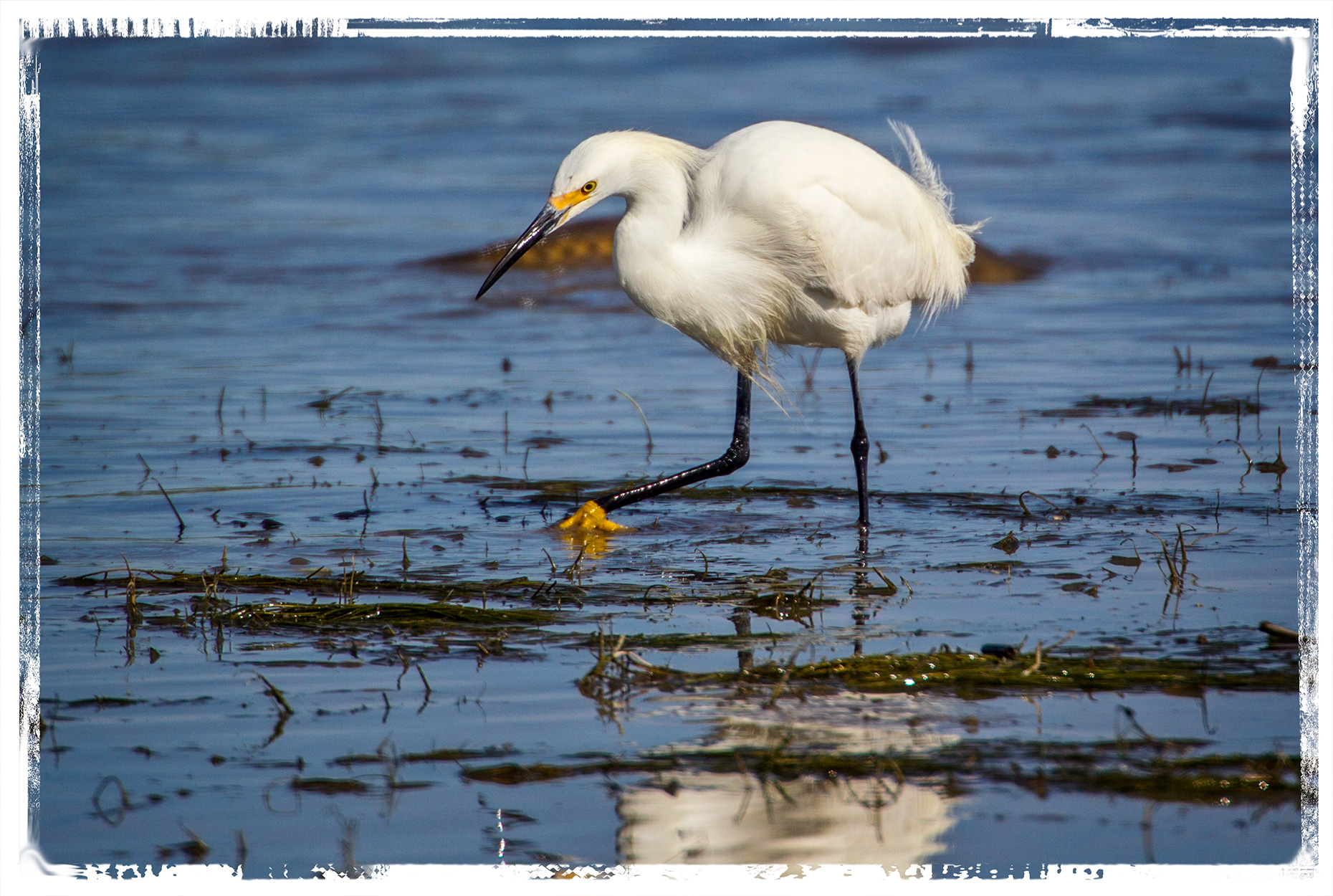
I still don’t know exactly what it was trying to stir up, but it was clearly a hunting strategy.
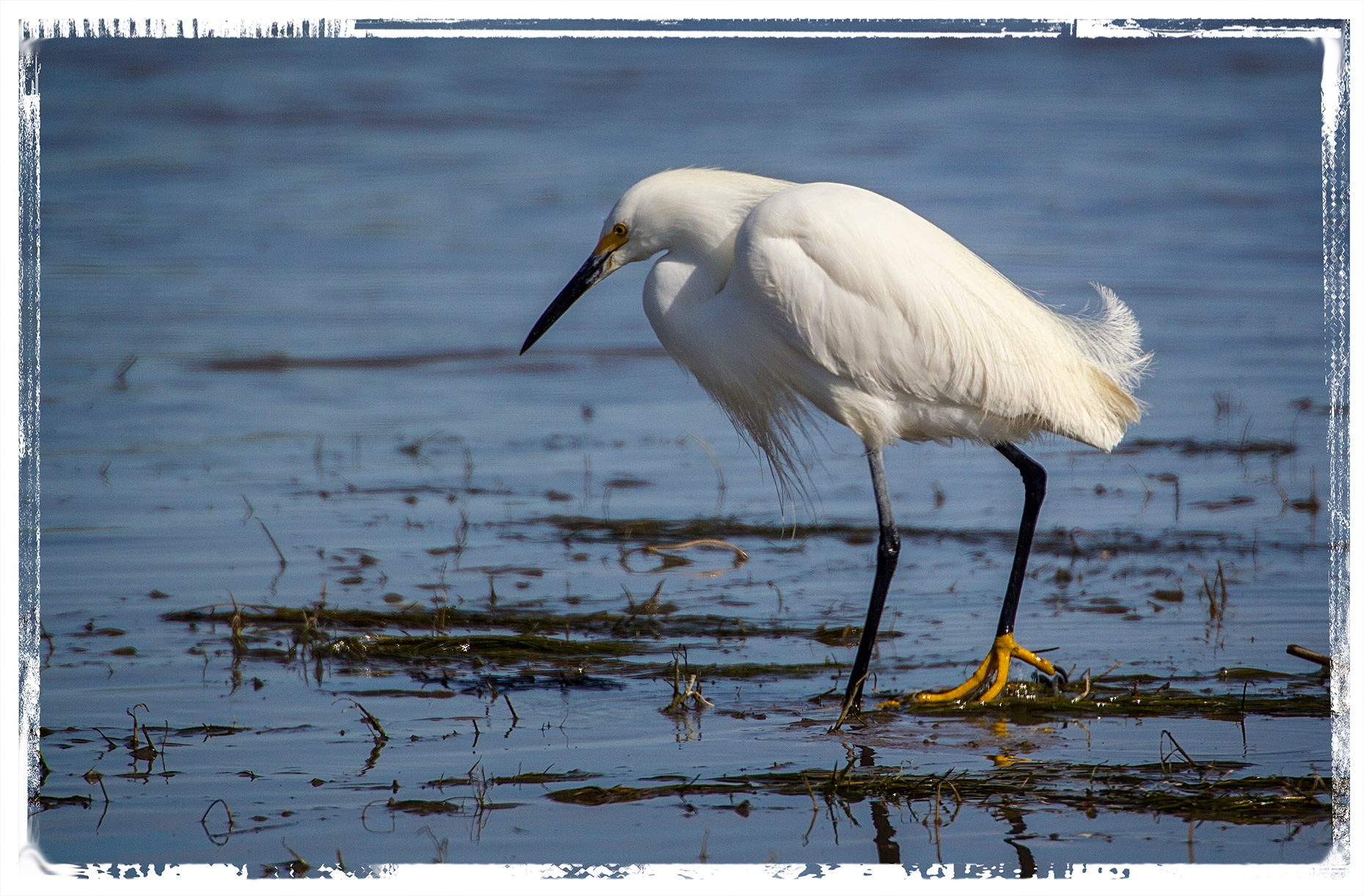
I found this intriguing enough that I was going to post it earlier, but about the time that I was going to post it Robin Andrea posted an article noting the same behavior on her blog so I thought I would wait a respectable period before posting my observations. Cornell’s “All About Birds” says that the Snowy Egret “often uses its bright yellow feet to paddle in the water or probe in the mud, rounding up prey before striking with its bill.”
While looking for Avocet or Black-Necked Stilt chicks at Bear River, I remarked that I had never seen a White-Faced Ibis chick and wondered why. After reading on the refuge’s site that “ the Refuge now hosts the largest colony of White-faced ibis in North America.” I’m even more amazed that I’ve never seen a chick — or even a juvenile, for that matter.
For now, at least, I guess I will have to settle for glimpses of a remarkable bird

whose iridescent colors are a constant challenge

and a constant joy to photograph.

Judging from the few images I found on the net, the chicks are nearly as ugly as their parents are beautiful, and, as every birder knows, ugly is beautiful.
As fun as it was to watch grebe chicks, I was a little disappointed not to see any Avocet chicks. We did, however, manage to see several juvenile Avocets. When this adult Avocet confronted us in the middle of the road,

I realized there must be a juvenile nearby and managed to grab this shot a juvenile and adult swimming away.
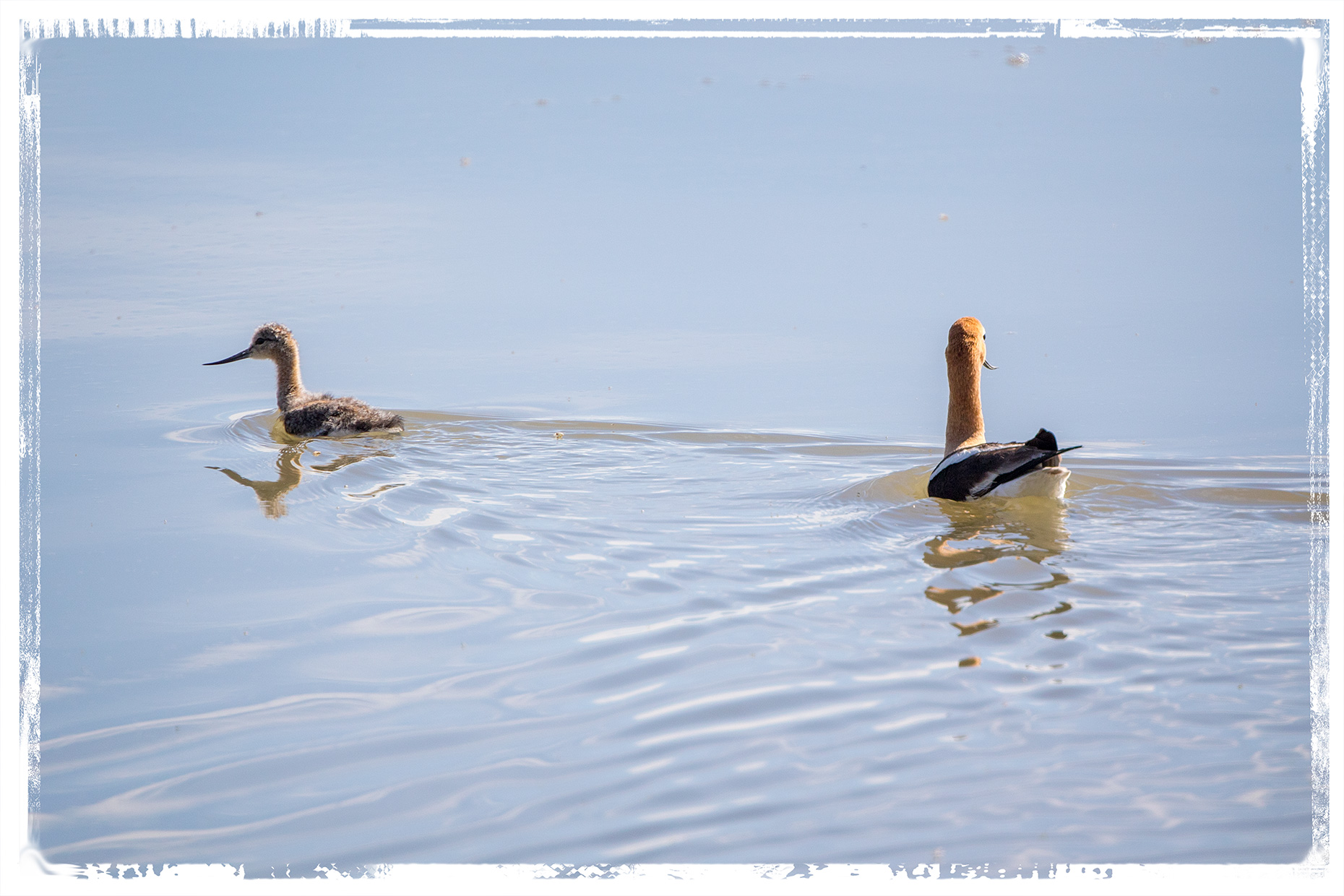
I’m not sure how old the juvenile might have been, but, seen next to a parent, he is obviously quite young.

The other juvenile Avocets we saw, seemed older and larger than this one. Though the plumage on this juvenile looks quite similar, it was a considerable distance away from any adults and seemed larger.
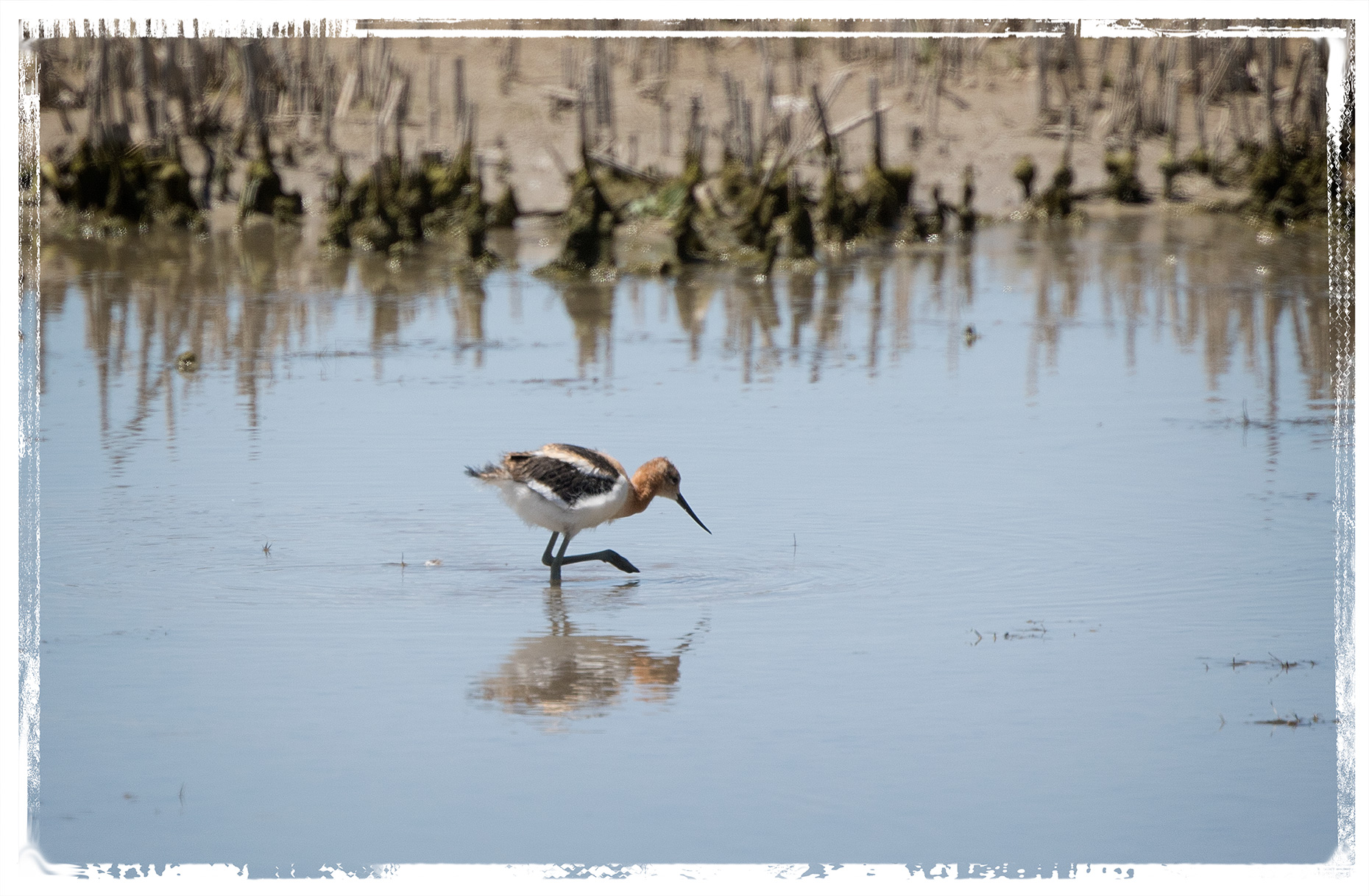
These two seemed even older, perhaps explaining why there wasn’t a parent in sight.

While researching on the internet to try to guesstimate how old these youngsters were, I found some interesting facts. First, the Cornell site stated that chicks leave the nest within 24 hours. That means Leslie and I were extremely lucky last year to get shots of chicks in the nest. It also explains why we’ve never seen that again. Second, the chicks feed themselves right after leaving the nest.